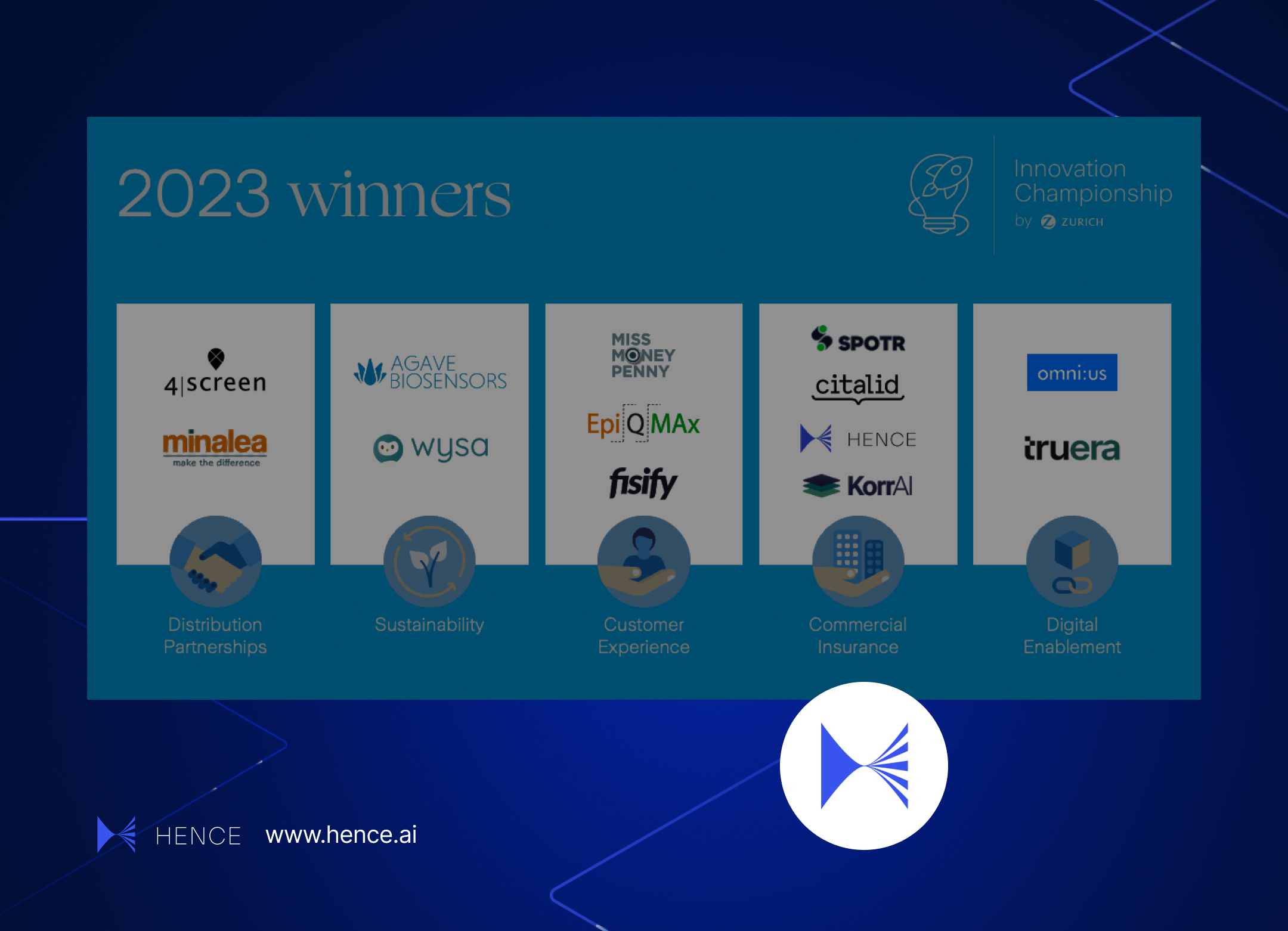With Palantir Foundry Hence Aims to Improve Legal Buying
Hence’s co-founders are not your average legal techies. Sean West was in a senior role at famed geopolitical risk consultancy, the Eurasia Group, and Steve Heitkamp, who used to work at ‘Big Data’ analysis pioneer Palantir, has spent years focused on security and political risk, including for the US Department of Defense.
Moreover, as tech news site Vox noted in 2020, one of Palantir’s first investors was the venture arm of the CIA, known as In-Q-Tel. And, understandably, since then the company has done a lot of work in the risk analysis field.
In short, both founders have a track record of crunching lots of complex, unstructured data to try and build a picture of what is happening and then how to address it.
Meanwhile, out of Palantir has also come what it calls Foundry, which is effectively a version of its software that it allows specific partners to use to build data crunching products – and this is what Hence is built upon.
This is how the company describes Foundry: ‘Most data and analytics tools excel at processing information linearly: from data ingestion to visualisation. However, real-world operations are anything but linear – with operators making distributed decisions simultaneously across the organisation.
‘Connecting analytics to operations requires a different architecture. Your business is a closed-loop system; operations inform decisions, and decisions inform operations. Each layer of Foundry works to close the loop between analytics and operations, empowering enterprise-wide decision optimisation.’
I.e. Palantir can see all the independently-run and human-led systems at work within the larger corporate entity.
OK, so that’s the background. Why are they heading into the legal tech startup world after careers focusing on analysing major security issues?
West told Artificial Lawyer that fundamentally what Eurasia was doing was ‘selling professional services’ and that he ‘was always amazed at the power of the sellers over the buyers’.
‘When buying knowledge it’s hard to crowdsource because of issues of confidentiality and privacy,’ he explained.
This leads to an information asymmetry for the buyers. West found that when he looked for tools that would help buyers get on top of this problem there were no solutions that seemed to fit that well.
So, they talked to CEOs of corporations and asked where could solving this buying knowledge problem be most useful.
‘The C-suite said the problem was in legal. There is a blank cheque mentality [in legal] and it’s not operating as efficiently as the rest of the business,’ he noted.
Once they crack legal, the hope is to then focus on other areas, such as accounting services, management consulting, and marketing.
But, what makes Hence different to other legal procurement approaches, even if they are working with Palantir?
The short answer is that they analyse relationships between individual inhouse lawyers and individual lawyers at the law firms. They map those relationships, they study the matters involved, the expertise of those individuals, the money spent, the frequency of use and more. Their key point is that to understand legal buying you have to map the relationships.
This makes a lot of sense. One legal ops expert this site talked to explained that he had asked every inhouse lawyer who had spent more than $1m on outside counsel at the giant company they worked at, to set out exactly not just which firms they used – but which lawyers at those firms they traded with.
The answers were surprising at first – and then on a second look made total sense – the majority of the inhouse lawyers were buying from just a handful of partners, again and again and again.
There was no procurement to speak of. It was a mass of inhouse lawyers each with their own personal ‘family’ of outside legal advisers – and with very little rationalisation of those relationships. In short, it was a recipe for economic leakage at a grand scale, while the expertise of those outside lawyers was never mapped in an objective way.
And, because the relationships were so piecemeal – even though they had lasted for years – the information asymmetry that creates challenges for legal buyers was never overcome. The company was getting legal advice, for sure, but at a management level how it all happened was something of a mystery. The company just paid the bills and carried on.
Back to Hence and now to Heitkamp, who noted: ‘Palantir helps us as the approach is to redefine data so it’s [presented] in the way people think about it.’
I.e. buyers of legal matters are focused on the relationships with the people in law firms that are solving a critical problem for them. That is what the corporate needs to map.
‘People think that the solution is to put the data first, we think about the problem first,’ he said.
That is to say, the buyer is thinking ‘who will help me?’, ‘how will they help me?’, ‘will they be responsive?’, ‘is there someone I know already who can help?’, ‘which person and which firm really has the best expertise based on our previous experience?’.
Heitkamp stressed that the key to understanding complex data maps, such as buying legal services, is getting down into the very visceral, human dimension. I.e. understand how the people you are looking at really tick, what is motivating them, and how is this then expressed in their decisions and actions.
And this is where Palantir comes in, which is designed to create a very flexible data architecture around a complex picture of people, actions, and objects. The end result is a consolidated picture of all of the needs of an inhouse team for outside help that really shows what is happening on the buy-side inside a company.
From this data the job then returns to the inhouse team to drive rationalisation of decision-making, so there is a limit to what the tech can do if a company ignores the findings. But at least with Hence there is now a clearly visible picture of what is really happening.
Artificial Lawyer then asked, wouldn’t it be great if all of your clients could then share their findings to create a super-consolidated picture of buying behaviour across the market, or a market segment where the companies had very similar needs?
West said that might be interesting, but they can’t do it because…..clients don’t want to share that information with other companies they might consider as rivals. And that seems to be a missed opportunity that only perpetuates information asymmetry across the sector. I.e. company A finally gets a handle on its buying, but it won’t share that data with company B because it looks like a competitor – even if by sharing that buying data they could both reduce their legal spend and/or get better results from that spend as they’d deal with the best-suited firms and lawyers for each type of matter.
So, here is where we conclude. What does all of this bring the clients? Here is how Hence sums it up: ‘No longer do you need to rely on referrals or word of mouth to pick the best attorneys. Hence helps companies explore, evaluate and negotiate better with their lawyers. Our customers spend less and drive more value from providers that are well-aligned with their mission.’
Overall, any effort to break down information asymmetry in the legal word has to be welcomed – even if it’s just on a company-by-company basis. Whether the Palantir Foundry software and Hence’s approach will give companies an edge on legal buying remains to be seen, but it’s a very interesting prospect. We will see.



